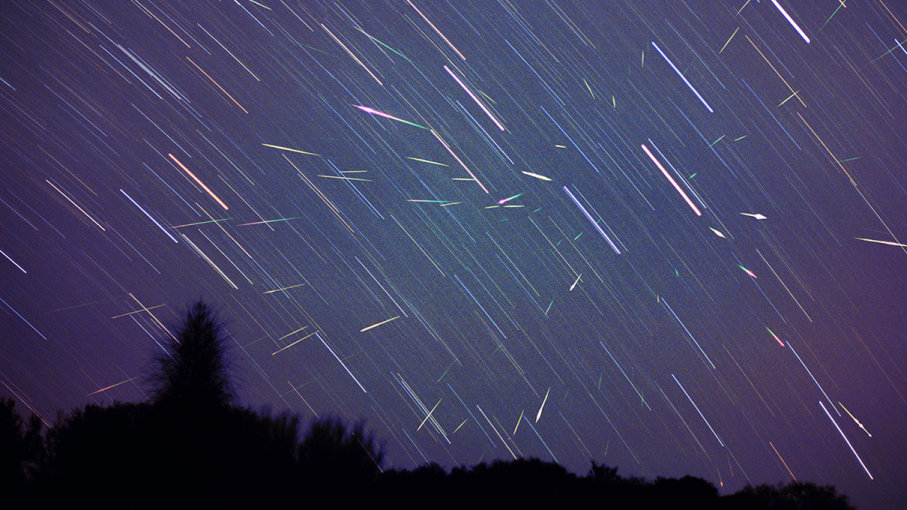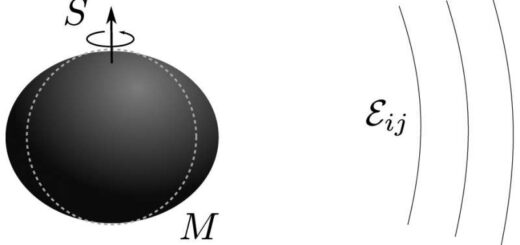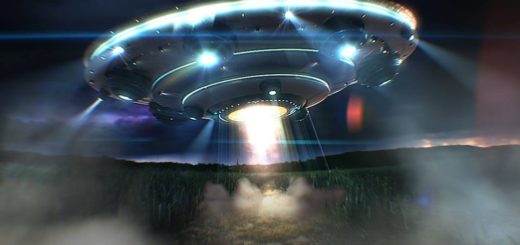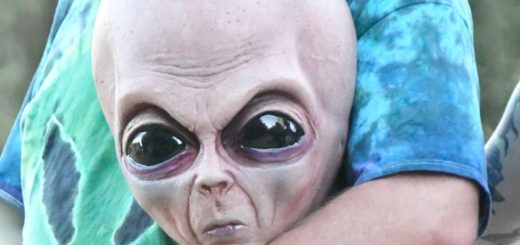Leonid Meteor Shower: What You Need to Know

From the vantage point of space, meteor showers are just trails of space trash, tiny bits of rock and ice left behind by comets as they race through the cosmos. But when our planet passed through those streams of junk as it revolves around the sun, the pieces of comet debris — some of them as small as a grain of sand — collide with the Earth’s atmosphere and enter it. As they burn up, they
create spectacular displays of natural fireworks in the nighttime sky.
We’re about to have one of those memorable celestial events. The Leonid meteor shower, created as Earth passes through debris left by the comet Tempel-Tuttle, will appear in the skies from Saturday Nov. 2, to Saturday, Nov. 30, according to the American Meteor Society (AMS).
The peak this year is expected from midnight to dawn the morning of Monday, Nov. 18 (night of Sunday November 17), according to astronomy website EarthSky. The sky will be lit by moonlight during the peak, so the shower will be less spectacular than if viewed in a dark sky. However, you’ll be able to see some of the brighter meteors.
If you want to get the best look at the Leonids, prepare to wake
per hour, according to AMS.
According to Space.com, Leonid meteors typically start burning up when they’re 87 miles (140 kilometers) above the Earth’s surface, and they disintegrate long before hitting the ground.



 Creators of mankind
Creators of mankind Description of “Tall white aliens”
Description of “Tall white aliens” Where they came from?
Where they came from? About hostile civilizations
About hostile civilizations The war for the Earth
The war for the Earth “Tall white aliens” about eternal life
“Tall white aliens” about eternal life Video: “Nordic aliens”
Video: “Nordic aliens” Aliens
Aliens Alien encounters
Alien encounters The aliens base
The aliens base UFO
UFO Technology UFO
Technology UFO Underground civilization
Underground civilization Ancient alien artifacts
Ancient alien artifacts Military and UFO
Military and UFO Mysteries and hypotheses
Mysteries and hypotheses Scientific facts
Scientific facts


















